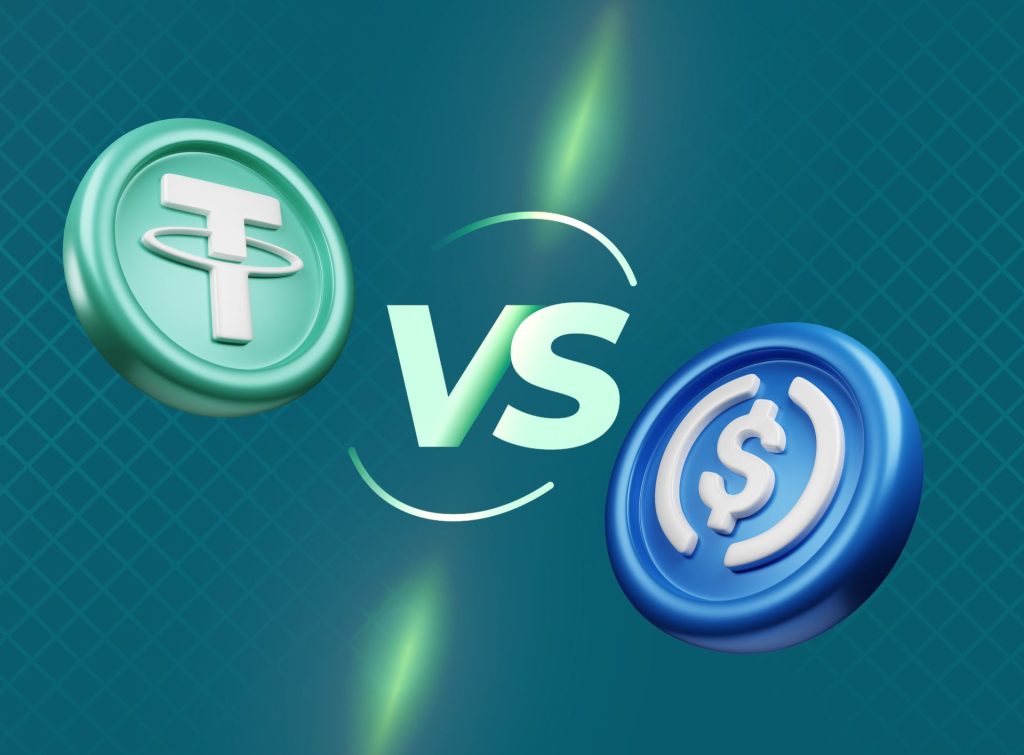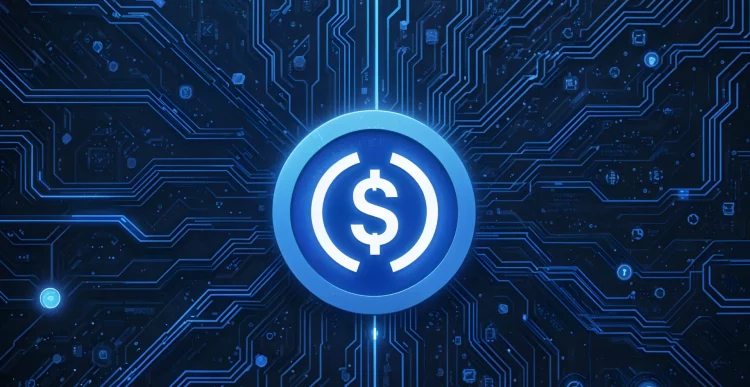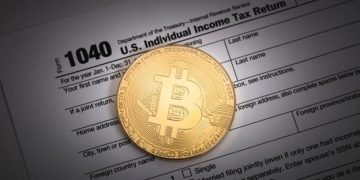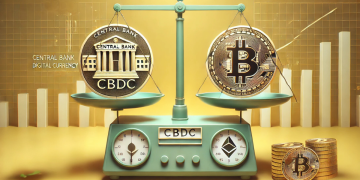The cryptocurrency market, a complex and interconnected web of digital assets, has found its beating heart in stablecoins. These digital tokens, pegged to stable assets like the US dollar, have evolved far beyond simple entry points for new investors. They are the primary medium of exchange, the cornerstone of liquidity, and the indispensable plumbing of the entire decentralized finance (DeFi) ecosystem. Consequently, any regulatory move targeting stablecoins is not an isolated event; it is a seismic shock that reverberates through every corridor of the crypto world, impacting the valuation, utility, and very structure of top altcoins. As governments, particularly in the United States and the European Union, advance concrete regulatory frameworks for stablecoins, the entire altcoin market stands at a pivotal juncture. The question is no longer if regulation is coming, but how this newfound oversight will fundamentally reshape the landscape for everything from DeFi blue-chips to speculative tokens.
Stablecoins represent the critical bridge between the traditional fiat world and the digital asset economy. Their $160+ billion market cap is a testament to their utility. However, this success has placed them directly in the crosshairs of financial regulators concerned about monetary sovereignty, financial stability, and consumer protection. The regulatory frameworks now being crafted aim to tame the wild west of stablecoin issuance and operation. Yet, in doing so, they risk altering the fundamental dynamics that have allowed the altcoin ecosystem to flourish. This article will dissect the emerging stablecoin frameworks in the U.S. and EU, analyze the profound spillover effects on DeFi and other altcoin sectors, and examine real-world market reactions that preview the future of a regulated crypto market.
Building the Fences: A Tale of Two Regulatory Frameworks
The approaches taken by the world’s two largest economic blocs, the United States and the European Union, reflect different priorities but share a common goal: bringing stablecoins under the umbrella of formal financial oversight.
The United States: The Clampdown Approach
The U.S. regulatory approach has been characterized by enforcement and proposed legislation that prioritizes control and bank-like oversight. The key pillars of the emerging U.S. framework include:
- The Clarity for Payment Stablecoins Act: This proposed legislation, which has been years in the making, aims to create a federal regulatory regime for payment stablecoins. Its core tenets include requiring issuers to maintain one-to-one reserves with high-quality liquid assets (like cash and short-term treasury bills), subjecting them to bank-like examinations, and explicitly prohibiting unbacked algorithmic stablecoins—a direct response to the TerraUSD (UST) collapse.
- Interagency Pressure: Agencies like the Securities and Exchange Commission (SEC) have taken an aggressive stance, arguing that certain stablecoins might be unregistered securities. Meanwhile, the Office of the Comptroller of the Currency (OCC) has provided guidance for national banks to engage in stablecoin activities, but under strict custody and reserve requirements.
- The End of the “Wild West”: The overall effect is a push to force stablecoin issuance into the hands of regulated, insured depository institutions. This would effectively end the era of large-scale, non-bank issued stablecoins like USDC (Circle) and USDP (Paxos) unless they drastically alter their corporate structures to become banks themselves. The goal is clear: eliminate counterparty risk and protect consumers, but at the potential cost of centralizing control and innovation.
The European Union: The Comprehensive MICA Regime
The EU’s Markets in Crypto-Assets (MiCA) regulation provides the world’s most comprehensive and structured framework for stablecoins, which it terms “asset-referenced tokens” (e.g., tied to a basket of assets) and “e-money tokens” (e.g., tied to a single currency).
- Strict Licensing and Reserve Requirements: Similar to the U.S. proposals, MiCA mandates strict licensing for issuers, requiring robust reserve management with full backing and daily redemption rights for holders.
- Transaction Limits and Interoperability Rules: In a unique and controversial move, MiCA imposes daily transaction limits (potentially €200 million) on stablecoins not denominated in an EU currency. This is a defensive measure to protect the Euro’s monetary sovereignty. It also mandates that stablecoin providers provide interoperability, a rule that could have fascinating implications for the DeFi space.
- Legal Clarity at a Cost: MiCA provides something the U.S. lacks: legal certainty. Issuers know exactly what is required to operate within the EU’s 27 member states. However, the compliance costs and operational burdens are significant, potentially creating a high barrier to entry and favoring large, established financial institutions.
These frameworks, while designed for stablecoins, are the starting pistols for a race that will see the entire altcoin market forced to adapt.
The Ripple Effect: How Stablecoin Rules Dictate DeFi’s Future
The impact of stablecoin regulation extends far beyond the issuers themselves. It directly strikes at the core of the DeFi ecosystem, where stablecoins are the lifeblood.
1. The Liquidity Crunch and Yield Dynamics: DeFi protocols like Aave, Compound, and Uniswap rely on massive pools of stablecoin liquidity. Regulations that restrict who can issue stablecoins or how they can be used could lead to a contraction in the overall supply of “regulated” stablecoins. A reduced supply of these preferred assets could increase their cost to borrow (yields) within DeFi protocols. This would make leveraging positions more expensive and could dampen overall activity on these platforms, negatively impacting the native governance tokens (AAVE, COMP, UNI) whose value is tied to protocol usage and fees.
2. The Centralization of Risk: If regulations successfully push stablecoin issuance primarily towards large, regulated banks, it concentrates systemic risk. Instead of a diverse ecosystem of issuers, DeFi would become reliant on a handful of bank-issued tokens. The failure of one such institution, while perhaps less likely than an algorithmic stablecoin collapse, would have catastrophic consequences, potentially freezing the entire DeFi ecosystem. This centralization runs counter to the decentralized ethos of DeFi and could make the system more fragile in a true crisis.
3. The Compliance Challenge for Protocols: How can a decentralized, autonomous smart contract comply with MiCA’s transaction limits or know-your-customer (KYC) rules? This is the multi-billion dollar question. Protocols may be forced to integrate whitelists for “compliant” stablecoins or even build in identity verification at the smart contract level—a technological and philosophical nightmare. Failure to comply could see geofencing imposed, where EU users are blocked from accessing major DeFi protocols, fragmenting the global market and stifling innovation. The tokens of protocols that fail to adapt could face severe devaluation.

4. The Rise of Alternative Stable Assets: Regulation often breeds innovation in avoidance. Stringent rules for fiat-backed stablecoins could accelerate the development and adoption of alternative stable assets that fall outside regulatory definitions. This could include:
- Overcollateralized Crypto-Backed Stablecoins: Tokens like DAI (from MakerDAO) already exist but could see a surge in demand. However, DAI itself is primarily backed by other stablecoins (USDC) and crypto assets, so it is not immune to the regulatory shockwaves.
- Algorithmic Stablecoins 2.0: While the first generation failed spectacularly, developers may attempt to create new algorithmic models that are sufficiently decentralized to avoid being classified under these new laws.
- Tokenized Real-World Assets (RWAs): The endgame might be the tokenization of money market funds, treasury bills, and other yield-bearing traditional assets that can be used as stable mediums of exchange within DeFi, blurring the lines between TradFi and DeFi even further.
Market Reactions: A Preview of the New Normal**
The market has already provided glimpses into how it might react to a fully regulated stablecoin environment.
- The TerraUSD (UST) Collapse: While not caused by government regulation, the death spiral of UST was a brutal market-driven stress test. It demonstrated the altcoin ecosystem’s extreme vulnerability to a loss of stablecoin peg. The event triggered a cascade of liquidations across DeFi, wiped out hundreds of billions in market value, and caused a “flight to quality” towards more established, transparently backed stablecoins like USDT and USDC. This is a precursor to how the market might behave if a regulated stablecoin faced issues.
- The Paxos (USDP) and BUSD Saga: When the New York Department of Financial Services (NYDFS) ordered Paxos to stop minting the Binance USD (BUSD) stablecoin, the market reaction was immediate. BUSD’s market cap plummeted, but capital didn’t leave the ecosystem; it largely flowed into its competitors, USDT and USDC. This showed that while specific instruments can be targeted, demand for stablecoin utility remains robust. However, it also increased the market dominance of Tether (USDT), a company that has faced its own regulatory scrutiny, thereby increasing systemic risk.
- DeFi Token Performance on Regulatory News: Positive regulatory news for stablecoins (like progress on the Clarity Act) often leads to a rally in major DeFi tokens. The market interprets clear rules as a net positive, reducing existential risk and paving the way for institutional capital to participate in DeFi with more confidence. Conversely, news of harsh crackdowns or enforcement actions causes sharp sell-offs.
Conclusion: A More Stable, But Less Open, Future
The incoming wave of stablecoin regulation is a double-edged sword for the altcoin ecosystem. On one side, it promises to eliminate the wild risks associated with unbacked and fraudulent stablecoins, protect consumers, and provide the legal clarity needed for institutional adoption. This could bring unprecedented amounts of capital into the space, benefiting the entire market and boosting the value of blue-chip altcoins that manage to comply.
On the other side, it threatens to centralize a foundational component of the crypto economy, impose traditional financial structures on a decentralized world, and potentially stifle the permissionless innovation that defines the sector. The DeFi tokens that thrive will be those of protocols that can navigate this new compliance labyrinth without sacrificing their core values.
The ultimate impact will be a fundamental reshaping. The market will likely bifurcate into a “regulated” world of compliant stablecoins and protocols serving institutional and retail users in major jurisdictions, and a “decentralized” world of alternative assets and permissionless protocols operating in a grayer area. The connection between these two worlds will become the next great challenge and opportunity. Stablecoin regulation won’t destroy the altcoin ecosystem, but it will irrevocably change its DNA, forging a new market that is more stable, but arguably less free.































